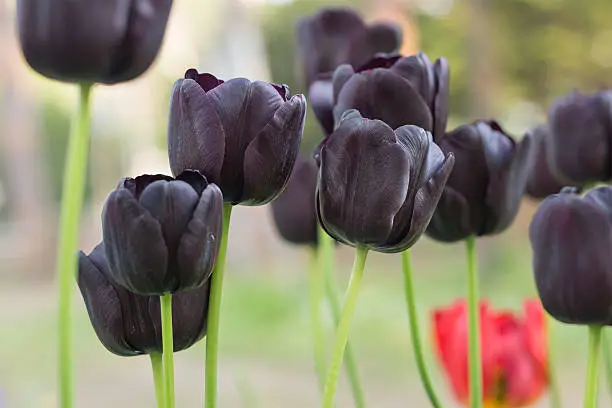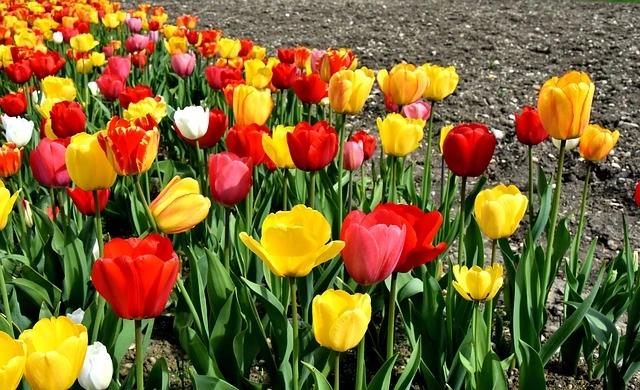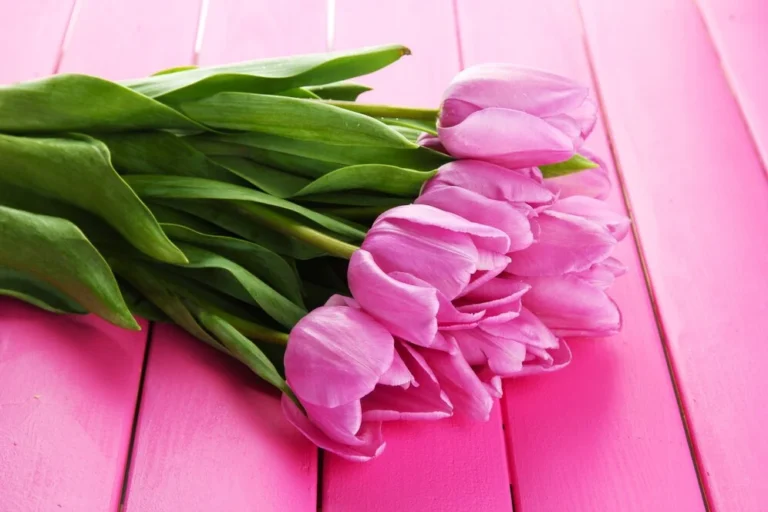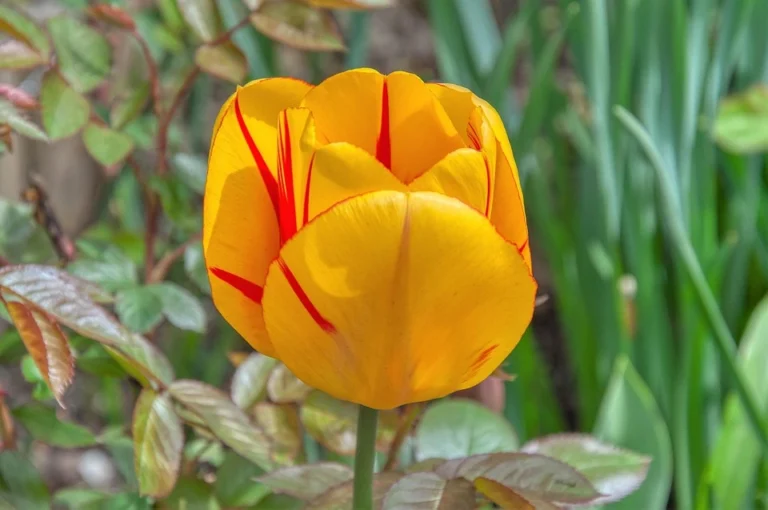Secrets to Growing and Caring for Black Tulips
Table of Contents
Did you know that true black tulips don’t actually exist? Despite this surprising fact, “black tulips” remain among the most sought-after flower varieties by gardeners worldwide, with Google searches for these mysterious blooms increasing by 43% in the last year alone. What makes these deep purple-black flowers so captivating, and why has humanity been obsessed with creating a perfect black tulip for centuries? The allure of black tulips transcends ordinary gardening interests, representing a fascinating intersection of history, science, and cultural symbolism.
The Fascinating History of Black Tulips
The quest for the elusive black tulip has a rich history dating back to the 17th century. During the Dutch “Tulip Mania” of the 1630s, tulip bulbs were traded for extraordinary sums, sometimes exceeding the price of houses. Among these, the darkest varieties commanded the highest prices, fueling an obsession with breeding a truly black specimen.
Alexandre Dumas immortalized this fascination in his 1850 novel “The Black Tulip,” which tells the story of a horticulturist’s quest to grow the perfect black tulip to win a substantial prize. This literary work cemented the black tulip’s status as a symbol of the impossible dream and perfect beauty.
The Science Behind the “Black” Tulip
What many gardeners call “black tulips” are actually extremely deep purple or maroon blooms that appear black in certain lighting conditions. The intense coloration comes from anthocyanins—plant pigments that produce blue, purple, and red hues. Breeding programs have focused on maximizing these pigments to create increasingly darker varieties.
According to botanical research from the Netherlands Flower Bulb Research Program, true black coloration in flowers is biologically challenging because plants lack the ability to produce true black pigment. Instead, breeders have perfected varieties with such concentrated dark pigments that they create the visual impression of black.
Popular Black Tulip Varieties
The following varieties represent the darkest tulips currently available:
- Queen of Night: Often considered the original “black tulip,” this deep purple-maroon variety has been popular since 1944.
- Black Hero: A double-flowered variety with dramatic dark petals.
- Black Parrot: Features distinctive frilled edges on its deep purple-black petals.
- Paul Scherer: One of the newest and darkest varieties, approaching true black.
- Havran: A rich, velvety dark tulip with a single cup shape.
Growing Your Own Black Tulips
Cultivating these dramatic blooms requires specific care to maintain their distinctive dark coloration and healthy growth patterns.
Planting Guidelines
For optimal results with black tulips, follow these expert-backed recommendations:
- Timing: Plant bulbs in autumn, approximately 4-6 weeks before the ground freezes. In USDA zones 4-7, October is typically ideal.
- Location: Choose a spot that receives full sun to partial shade. Morning sun with afternoon shade helps preserve the intense color that makes black tulips so striking.
- Soil Preparation: Black tulips thrive in well-draining soil with a pH between 6.0 and 7.0. Incorporate organic matter such as compost to improve soil structure.
- Planting Depth: Place bulbs approximately 8 inches deep and 4-6 inches apart, with the pointed end facing upward.
- Winter Protection: In colder regions, apply a 2-3 inch layer of mulch after the ground freezes to prevent frost heaving.
Care and Maintenance
To ensure your black tulips reach their full potential:
- Watering: Provide consistent moisture during the growing season, but avoid waterlogged conditions which can cause bulb rot.
- Fertilization: Apply a balanced bulb fertilizer when shoots first appear and again after flowering.
- Post-Bloom Care: Allow foliage to die back naturally, as this replenishes the bulb’s energy for next year’s bloom.
- Division: Every 3-4 years, dig up and divide bulbs in early summer after foliage has yellowed to maintain vigor.
Designing with Black Tulips
The dramatic appearance of black tulips makes them versatile design elements in garden settings. Landscape architects increasingly recommend using these dark blooms as focal points or contrast elements.
Stunning Combinations
- Pair with bright yellow or white flowers for dramatic contrast
- Plant among silver-foliaged plants like artemisia or lamb’s ear
- Combine with pale pink varieties for a sophisticated palette
- Use alongside spring-blooming chartreuse plants for an eye-catching display
Cutting and Arranging
Black tulips make spectacular cut flowers, lasting 5-7 days in arrangements. For maximum vase life:
- Cut stems when colors are just beginning to show but before fully open
- Cut early morning when stems are fully hydrated
- Remove foliage that would be below water level
- Change water every two days and recut stems at an angle
Cultural Significance and Symbolism
Across different cultures, black tulips have acquired powerful symbolic meanings:
- In Victorian flower language, they represented power and elegance
- In some Eastern European traditions, they symbolize strength and determination
- Modern floral design interprets them as symbols of rare beauty and uniqueness
- In contemporary culture, they often represent luxury and sophistication

Frequently Asked Questions About Black Tulips
Are black tulips really black? No, true black tulips don’t exist in nature. What we call “black tulips” are actually very deep purple or maroon varieties that appear nearly black, especially in certain lighting conditions. Plant breeders continue working toward developing increasingly darker varieties, but a genetically true black tulip remains elusive.
How long do black tulips bloom? Individual black tulip blooms typically last 1-2 weeks, depending on weather conditions. Cooler temperatures extend blooming time, while heat shortens it. For a longer display period, plant varieties with different blooming times or use succession planting techniques.
Can black tulips return each year? Yes, but with some caveats. Unlike some perennial tulips, many black varieties tend to decline after 2-3 years in most garden conditions. For best perennialization, plant them deeply in well-draining soil and allow foliage to completely yellow before removing. In warmer zones (8+), pre-chilling bulbs before planting or treating them as annuals may be necessary.
Why are my black tulips turning purple or green? This color shifting might occur due to several factors: age of the bloom, temperature fluctuations, excess nitrogen fertilizer, or genetic reversion. To preserve the darkest color, plant in locations with some afternoon shade and avoid high-nitrogen fertilizers.
What pests or diseases affect black tulips? Like other tulips, dark varieties are susceptible to tulip fire (botrytis), bulb rot, aphids, and squirrel/rodent damage. Their dark coloration doesn’t make them more or less resistant to common tulip problems. Practice good garden hygiene, proper spacing, and consider protective measures against animal pests.
Conclusion
While the perfect black tulip remains an aspirational goal for breeders, today’s near-black varieties offer gardeners the opportunity to incorporate these dramatic blooms into their landscapes. Whether you’re attracted to their historical significance, their striking design potential, or simply their unusual beauty, black tulips continue to captivate gardeners worldwide. By understanding their specific growing needs and design applications, you can successfully incorporate these mysterious dark blooms into your own garden story.
Have you grown black tulips in your garden? Share your experience in the comments below, or tag us in your black tulip garden photos on social media using #BlackTulipBeauty!
Share Your Opinion,Did You Find The Article Helpful ?
There are no reviews yet. Be the first one to write one.






